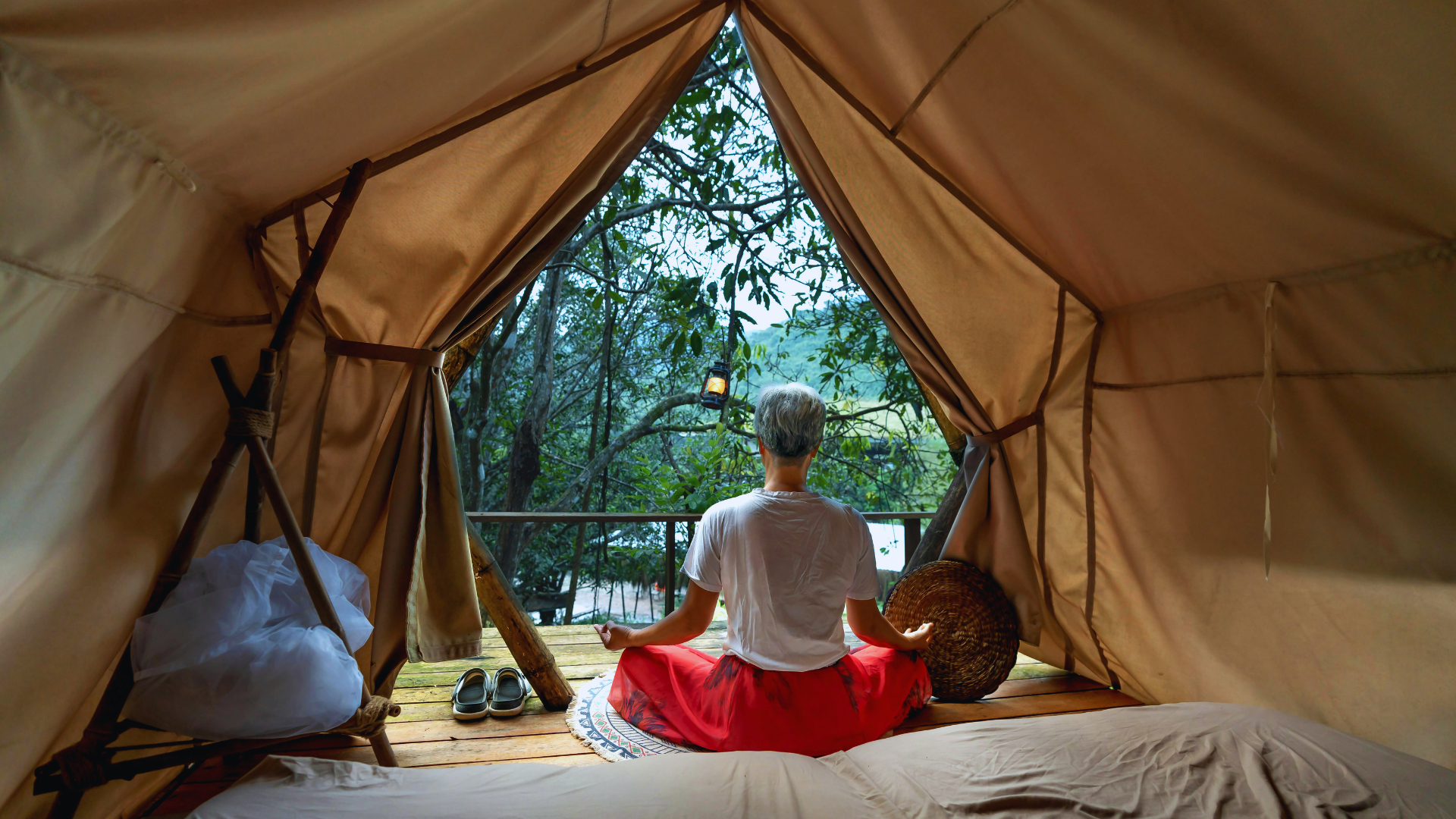Physical Address
304 North Cardinal St.
Dorchester Center, MA 02124
Physical Address
304 North Cardinal St.
Dorchester Center, MA 02124

Reconnecting with nature is essential for mental and physical well-being in today’s fast-paced world. Spending time outdoors and engaging with natural environments can significantly reduce stress, enhance mood, and boost creativity. Many people feel disconnected from nature due to urban living or busy lifestyles, leading to a yearning for that connection.
Strategies for rejuvenating this bond include simple activities like walking in a park, gardening, or hiking in nearby woods. Exploring local ecosystems can foster a deeper appreciation for the environment. Engaging in mindful observation during these activities enhances the experience, allowing individuals to absorb the beauty and tranquility of their surroundings.
Nature can also be embraced through daily routines. Incorporating outdoor elements, such as plants in the home or taking breaks outside, can serve as reminders of the natural world. These small steps can lead to lasting habits that help maintain a connection to nature long after the initial efforts.
Reconnecting with nature can significantly enhance well-being, promote a deeper appreciation for beauty, and foster a better understanding of the natural cycle. Engaging with the natural environment offers various psychological, aesthetic, and educational benefits.
Time spent in nature has been linked to improved mental health. Exposure to green spaces can reduce symptoms of anxiety and depression.
Benefits include:
Research shows that even short walks in natural settings can boost feelings of calmness and satisfaction. Natural environments often provide a sense of sanctuary, allowing for mindfulness and reflection.
Connecting with nature encourages a sense of belonging and reduces feelings of isolation. Nature acts as a therapeutic backdrop, enabling individuals to recharge their mental energy.
Natural beauty captures the senses and offers profound emotional experiences. Observing landscapes, wildlife, and plant life can evoke feelings of awe and inspiration.
Elements of natural beauty:
Such experiences can diminish stress, improve creativity, and foster appreciation for the world. Engaging with art inspired by nature can enhance this connection further.
When they immerse themselves in beautiful surroundings, individuals often find clarity and a refreshed perspective on their lives.
Reconnecting with nature provides insight into the natural cycle, which influences all living things. Recognizing the patterns of life and seasonal changes enriches one’s understanding of ecosystems.
Key components of the natural cycle:
Understanding these cycles fosters respect for the environment and emphasizes the impact humans have on ecological health. Awareness of the interconnectedness within nature encourages sustainable behaviors.
As individuals learn about these cycles, they often become motivated to protect and preserve their natural surroundings.
Reconnecting with nature can be achieved through various outdoor activities. Engaging in hands-on experiences can foster a deeper appreciation for the environment and promote overall well-being.
Outdoor activities offer something for everyone, regardless of age. Families can consider options like camping, picnicking, or playing sports in local parks.
These activities not only promote physical health but also strengthen relationships and enhance mental clarity.
Hiking is a powerful way to connect with the great outdoors. Trails vary in difficulty and length, making it accessible for different skill levels.
Whether alone or in a group, hiking fosters a relationship with nature and promotes physical well-being.
Gardening provides a unique opportunity to engage directly with the earth. It can be both therapeutic and educational.
Through gardening, individuals can cultivate not only plants but also a fulfilling relationship with the environment. As individuals become more experienced, looking to improve the garden’s structure and functionality can help in building a beautiful outdoor space. This is where adding structural elements like a Concrete Sleeper Retaining Wall can be beneficial, especially for places with uneven terrain. These structures can prevent soil erosion all the while adding a modern look to the garden landscape, and making it an aesthetically pleasing space to spend time in.
Engaging with flowers and wildflowers fosters a deeper connection with nature. Promoting conservation practices is essential for preserving these vital ecosystems.
Flowers and wildflowers offer vibrant displays and serve important ecological functions. Observing various species increases awareness of local biodiversity.
Wildflowers, in particular, provide critical habitats for pollinators such as bees and butterflies. Creating a wildflower garden can contribute to local conservation efforts while enriching the landscape.
Conservation practices are crucial for protecting floral diversity. They can include multiple strategies:
Education about the importance of preserving flora helps cultivate a conservation-minded community. Encouraging others to appreciate flowers and wildflowers strengthens these efforts, leading to broader awareness and action.